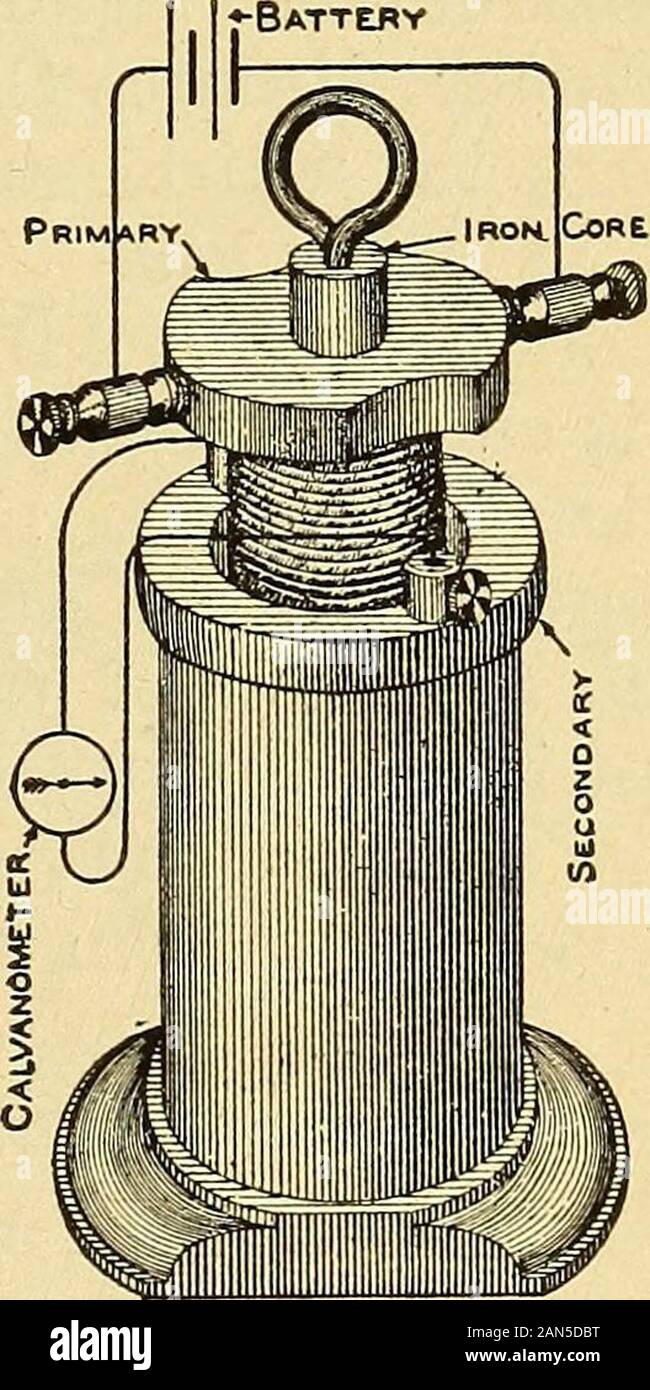

A New Type of BatteryĬallan experimented with designing batteries after he found the models available to him at the time to be insufficient for research in electromagnetism. Some previous batteries had used rare metals such as platinum or unresponsive materials like carbon and zinc. In 1837 Callan produced his giant induction machine: using a mechanism from a clock to interrupt the current 20 times a second, it generated 380 mm sparks, an estimated 60,000 volts and the largest artificial bolt of electricity then (probably) seen. However, it is believed that it was the first transformer. Due to its action, which could make and break the current going into the coil, he called his device the “repeater”. Further, Callan’s induction coil used an interrupter that consisted of a rocking wire that repeatedly dipped into a small cup of mercury. Apparently, Callan thought of his work as an electromagnet, however, he actually made a primitive induction transformer. He tried to make a bigger coil and with a battery of only 178mm plates, the device produced power enough for an electric shock “ so strong that a person who took it felt the effects of it for several days“. Further Experimentsīack then, Nicholas Callan conducted further experiments and the tests showed that the coil device could bring the shock from a small battery up the strength level of a big battery. He found that when the battery contact was broken, a shock could be felt between the first terminal of the first coil and the second terminal of the second coil. Finally, he connected a battery, much smaller than the enormous contrivance just described, to the beginning and end of winding one. Callan connected the beginning of the first coil to the beginning of the second. He used a bar of soft iron and copper wire wrapped around it. It is believed that Nicholas Callan invented the induction coil because he needed to generate a higher level of electricity than currently available. An iron armature and make-and-break mechanism repeatedly interrupts the current to the primary coil, producing a high-voltage, rapidly alternating current in the secondary circuit. Wound on top of this is a secondary coil made up of many turns of thin wire. It has a primary coil consisting of a few turns of thick wire wound around an iron core and subjected to a low voltage. An induction coil produces an intermittent high-voltage alternating current from a low-voltage direct current supply.

In 1836, he invented the first induction coil. Nicholas Callan (1799-1864) The Induction Coilĭuring the 1839s, Callan was inspired by William Sturgeon and Michael Faraday to work on the idea of the induction coil. He further started working with electricity in his basement laboratory at the college. In 1826, Callan was appointed Professor of Natural Philosophy at Maynooth. In Rome, Nicholas Callan became interested in the works of the pioneers in electricity such as Luigi Galvani and Alessandro Volta. In 1823, Callan was ordained priest and moved to Rome to study at Sapienza University, obtaining a doctorate in divinity in 1826. Cornelius Denvir who is believed to have introduced the experimental method into his teaching, and had an interest in electricity and magnetism. He entered Maynooth College where he studied natural and experimental philosophy under Dr. His local parish priest, Father Andrew Levins, then took him in hand as an altar boy and Mass server, and saw him start the priesthood at Navan seminary. Nicholas Joseph Callan attended school at an academy in Dundalk, Louth, Ireland. Early Years and First Experiments in Electricity Each time a battery‘s current through the “primary” coil was interrupted, a high voltage current was produced in the electrically separate “ secondary” coil. Callan‘s coil was built using a horseshoe shaped iron bar wound with a secondary coil of thin insulated wire under a separate winding of thick insulated wire as the “primary” coil. Callan invented the induction coil ( 1836) before that of better-known Heinrich Ruhmkorff. On December 22, 1799, Irish priest and physicist Nicholas Callan was born. Nicholas Callan‘s Induction Coil at the National Science Museum, Maynooth


 0 kommentar(er)
0 kommentar(er)
